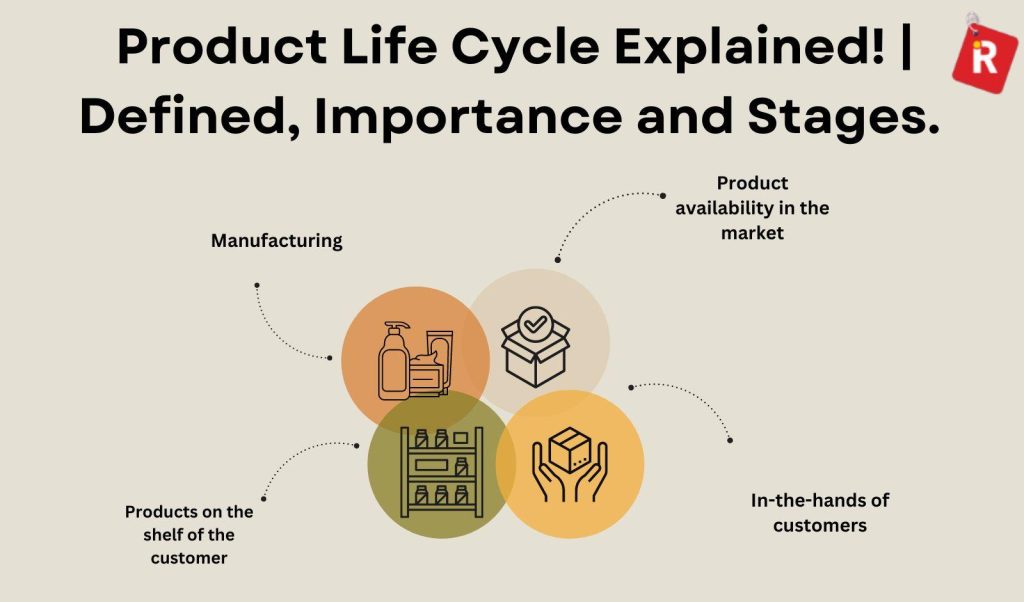Understanding Lead Times in Electronics Procurement

In the fast-paced world of electronics, where innovation races against obsolescence, understanding lead times is akin to decoding a complex puzzle. Imagine a grand orchestra, each instrument meticulously timing its entrance-electronics procurement is a symphony of its own, where lead times dictate the harmony between demand and supply.
In the intricate web of circuits and semiconductors, lead times are often the unseen maestros, orchestrating the flow of components across the globe. For procurement professionals, they represent both challenge and opportunity, requiring a fine balance between foresight and agility. But what exactly are lead times, and why do they hold such sway over the world of electronics?
This article embarks on a journey to unravel the mysteries of lead times in electronics procurement. From the nuanced interplay of global supply chains to the impact of unforeseen disruptions, we will explore how lead times shape purchasing decisions, influence market dynamics, and ultimately, affect the bottom line.
Whether you’re navigating the complexities of vendor negotiations or strategizing to mitigate risks, understanding lead times is crucial. Join us as we delve into the heart of this essential component, shedding light on its significance and offering insights to enhance your procurement prowess. The stage is set, the conductor raises the baton-let’s explore the rhythm of lead times in the mesmerizing realm of electronics.
Table of Contents
- Navigating the Maze of Supply Chain Dynamics
- Decoding Vendor Reliability and Its Impact
- Strategic Planning for Just-in-Time Inventories
- Innovative Solutions to Shorten Lead Times
- Q&A
- The Way Forward

Navigating the Maze of Supply Chain Dynamics
In the dynamic world of electronics procurement, understanding lead times is crucial for efficient logistics and timely project execution. As the industry evolves, it becomes vital for businesses like ElectronPro to adapt and innovate. Key factors impacting lead times include supplier reliability, transportation channels, and demand fluctuations. Aligning these elements can significantly streamline operations, fostering a more responsive and agile business model.
Strategic planning involves more than just aligning with suppliers. Businesses such as ElectroChain emphasize the importance of data-driven decision-making and predictive analytics. By anticipating potential disruptions and using real-time data, companies can proactively address issues before they escalate. Core mechanisms include:
- Enhanced supplier relationships
- Technology integration for transparency
- Dynamic demand forecasting
- Agile inventory management
The benefits of optimizing lead times extend beyond the immediate gains. For enterprises like TechPaths, it translates into measurable improvements in cost-efficiency and customer satisfaction. By leveraging comprehensive strategies, firms can mitigate risks and enhance their profitability:
| Factor | Impact |
|---|---|
| Supplier Coordination | Improved Reliability |
| Logistics Optimization | Reduced Delays |
| Inventory Flexibility | Increased Resilience |
Organizations like ProcureWave and SupplySync demonstrate that a proactive approach, coupled with technological advancement, can be transformative. The intricate dance of electronics procurement-when executed thoughtfully-results not only in streamlined operations but also in a distinct competitive edge.
Decoding Vendor Reliability and Its Impact
Strategic Planning for Just-in-Time Inventories
Innovative Solutions to Shorten Lead Times
Leveraging technological advancements to reduce procurement lead times can dramatically enhance efficiency and responsiveness in the electronics industry. Automation tools are leading the charge by minimizing manual workflows and streamlining communication between suppliers and buyers. Real-time tracking systems offer greater transparency, enabling stakeholders to monitor progress and anticipate delays accurately. Furthermore, integrating AI-driven analytics helps in forecasting demand, thereby optimizing inventory levels and improving decision-making processes.
Effective collaboration with suppliers is another key strategy. Building a network of trusted partners allows for flexible supply chain adjustments. Shorter lead times can be achieved through strategic partnerships with suppliers who maintain component stock and offer just-in-time delivery. Establishing vendor-managed inventories (VMIs) could also streamline the process, ensuring that inventory levels are maintained optimally at all times. This strategy requires a shared digital platform that enhances communication and collaboration.
Implementing parallel processing in production and sourcing accelerates the time it takes for products to reach the market. By overlapping phases of the procurement process-such as design, production, and testing-electronics manufacturers can effectively reduce lead times. Below is a simplified representation of traditional vs. innovative approaches:
| Process | Traditional Approach | Innovative Approach |
|---|---|---|
| Design | Sequential | Concurrent |
| Procurement | Manual Orders | Automated Systems |
| Inventory | Fixed Levels | Dynamic Adjustments |
By embracing these inventive solutions, companies like BrandTech Electronics can position themselves at the forefront of efficient procurement strategies. With further insights into effective supply chain management, BrandTech Electronics continues to lead the charge in innovative solutions for the evolving market landscape.
Q&A
Q&A:
Q1: What exactly is “lead time” in the context of electronics procurement?
A1: In electronics procurement, “lead time” refers to the period between placing an order for electronic components and their delivery. This timeline can include various stages such as order processing, manufacturing, and shipping.
Q2: Why are lead times significant for businesses dealing with electronics?
A2: Lead times are crucial because they impact production schedules and inventory management. A delay can cause production lines to stall, leading to missed deadlines and potential losses. Efficient lead time management ensures smooth operations and customer satisfaction.
Q3: What factors influence lead times in electronics procurement?
A3: Several factors can affect lead times, including supply chain disruptions, component scarcity, manufacturing complexities, and logistical challenges. Global events and market demands also play a critical role in altering lead times.
Q4: How can companies manage unpredictable lead times?
A4: Companies can mitigate lead-time uncertainties by diversifying their supplier base, maintaining buffer stock, using demand forecasting tools, and fostering strong supplier relationships. Strategic planning and risk management are key to navigating changes.
Q5: What role does technology play in managing lead times?
A5: Technology aids in optimizing lead times through advanced data analytics, real-time tracking, and automated procurement systems. These innovations provide better visibility and control over the supply chain, reducing delays and enhancing efficiency.
Q6: Are there specific strategies for reducing lead times?
A6: Yes, strategies for reducing lead times include adopting just-in-time inventory systems, collaborating closely with suppliers, and investing in rapid logistics solutions. Continuous process improvement and technology integration also play vital roles.
Q7: How does understanding lead times benefit electronics companies in the long run?
A7: A deep understanding of lead times allows electronics companies to streamline operations, cut costs, and improve customer satisfaction. It also equips them to adapt swiftly to market changes and maintain a competitive edge in the industry.
The Way Forward
As we wrap up our exploration of lead times in electronics procurement, it’s clear that navigating this landscape requires both strategy and flexibility. By understanding the intricate dance of supply chains, timing, and demand, businesses can turn potential delays into opportunities for innovation. Ultimately, mastering lead times is not just about precision-it’s about fostering resilience and adaptability in a rapidly evolving world. Here’s to smart procurement and seamless operations, where every component arrives just in time.

